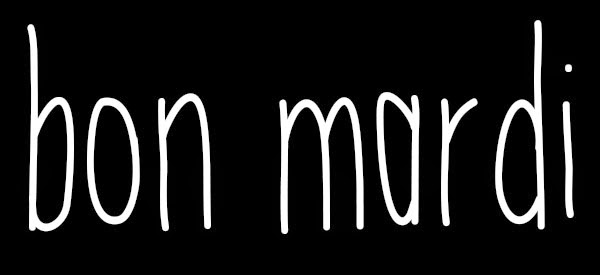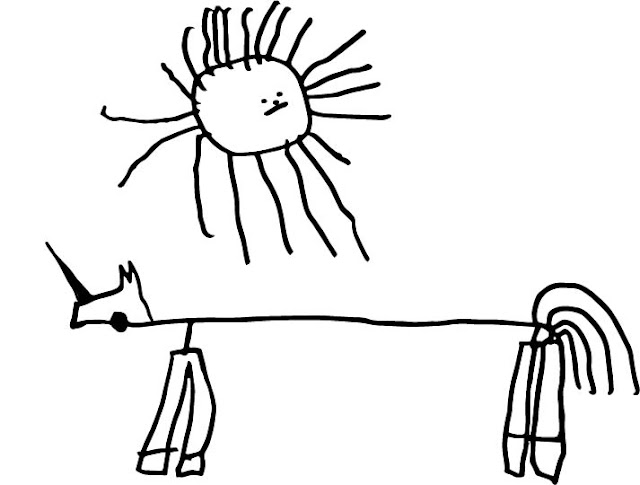Often copied, why has the Eames Lounge and ottoman produced by Herman Miller and Vitra continued to uphold its popularity among twenty-first century furniture/design collectors?
 |
| Figure 2.VINTAGE EAMES LOUNGE and OTTOMAN - rosewood shell with soft black leather |
Since the Eames lounge and
ottoman were released in 1956, they have continued to enjoy a high level
of desirability among collectors and design enthusiasts alike. This
is perhaps due to the highly considered yet accessible design, combined
with the enduring high level of craftsmanship upheld by its licensed
manufacturers.
The uncompromising design ethic of Ray and
Charles Eames adhered to a code that did not bow to fashion and yet represented a far more humanist (Kirkham, 2000, p.15) version of the Modernist ideal than
movements such as the Bauhaus had been able to offer.
Technological advances allowed Herman Miller and Vitra, their United States and
European distributors respectively, to build the furniture using contrasting
modern materials such as curved plywood and polished aluminium (Piña, 2005, p.123) in a way that had previously not been possible, which
has in turn inspired generations of imitators.
The construction
which includes the use of neoprene shock mounts (see Figure 2) to brace the
plywood shells at the back takes into consideration the chair’s aesthetic as well as the
flexibility and therefore its comfort (Piña,
2005, p.123). Irregularities in this
detail as well as in dimensions, materials and even numbers of feet are among
the many ways it is possible for a replica to fall short of expectations for
the serious collector.
 |
Figure 2. die-cast aluminium back braces with neoprene shock mounts
|
The Eames lounge has
today become a ‘classic, representative of an eternal style’ (Fitoussi, 2004
p.15). Its continual manufacture since its release confirms that this has been
well understood in the collectors' market where it is regarded as a good example of successful modern
industrial design.
Bibliography
1. Fitoussi, B. (2004). Eames: furniture
1941-1978. New York, NY: Assouline.
2. Kirkham, P.
(2000). Humanizing Modernism: The Crafts, “Functioning Decoration” and the
Eameses. Journal of Design History, 13(1), 15.
3. Piña, L. A.
(2005). Fifties furniture (Rev. and expanded 3rd ed.). Atglen, PA:
Schiffer Pub.
4. Figure 1: Photographer unknown [photograph of Eames lounge & ottoman]. (ND) The Address. Retrieved from http://www.theaddressinc.com/Misc/eames_lounge/
5. Figure 2. Photographer unknown [photograph of back of Eames chair]. (ND) The Address. Retrieved from http://www.theaddressinc.com/Misc/eames_lounge/





































